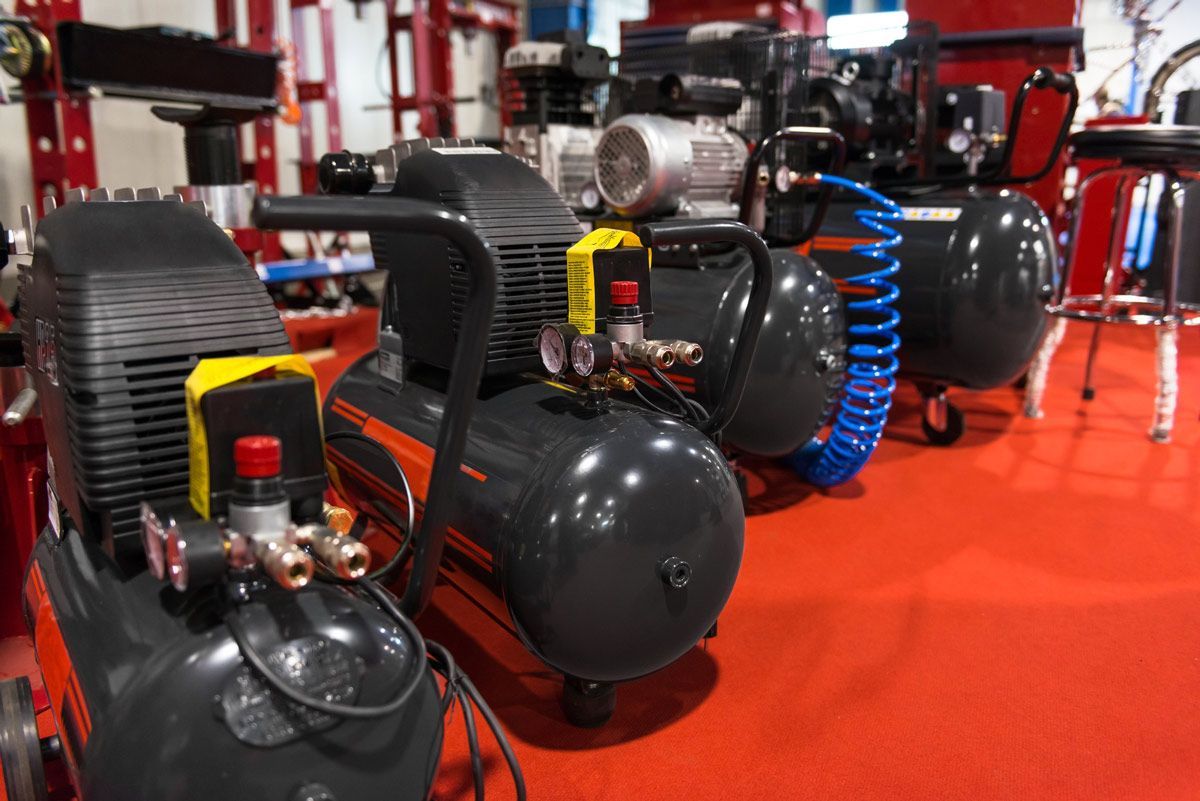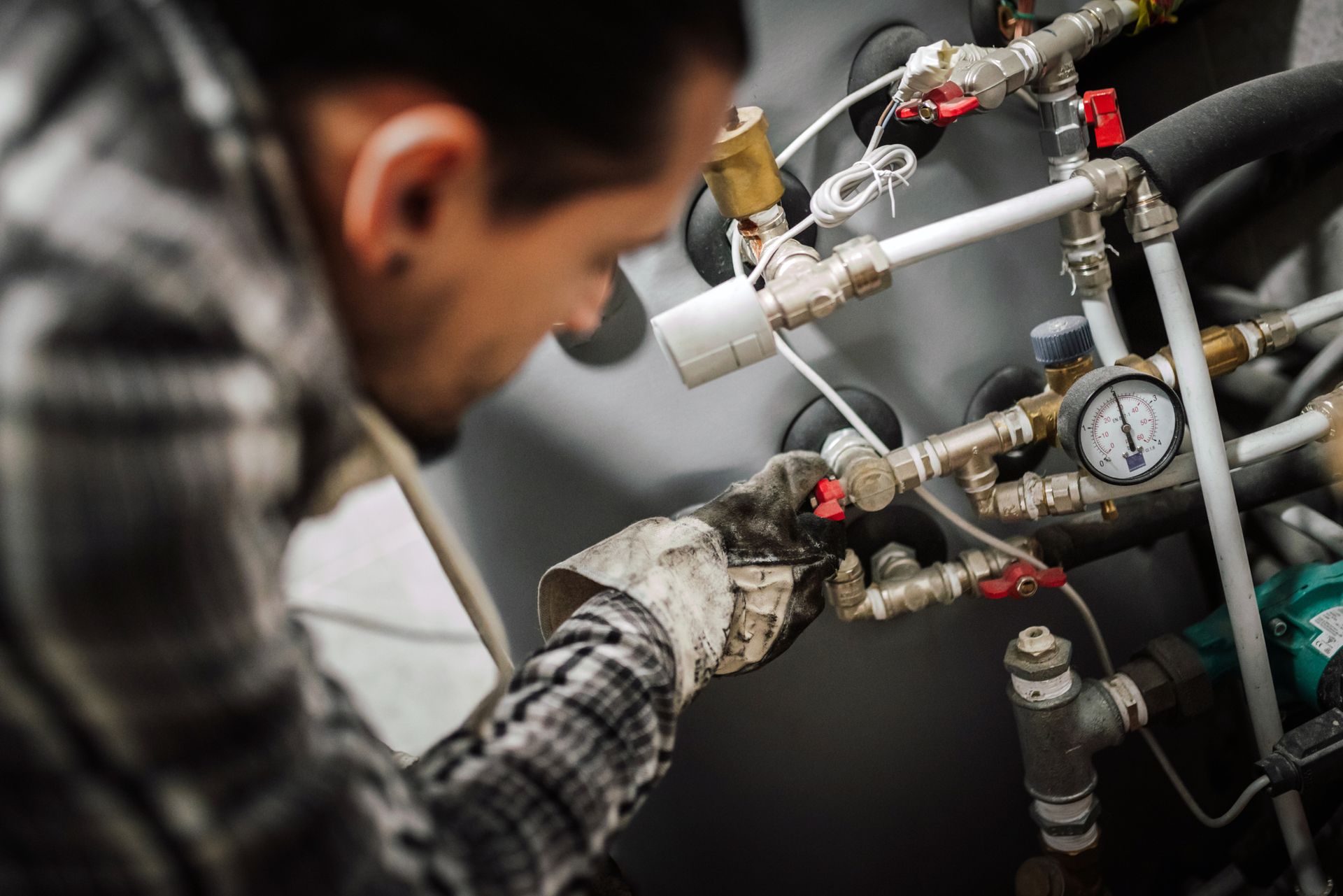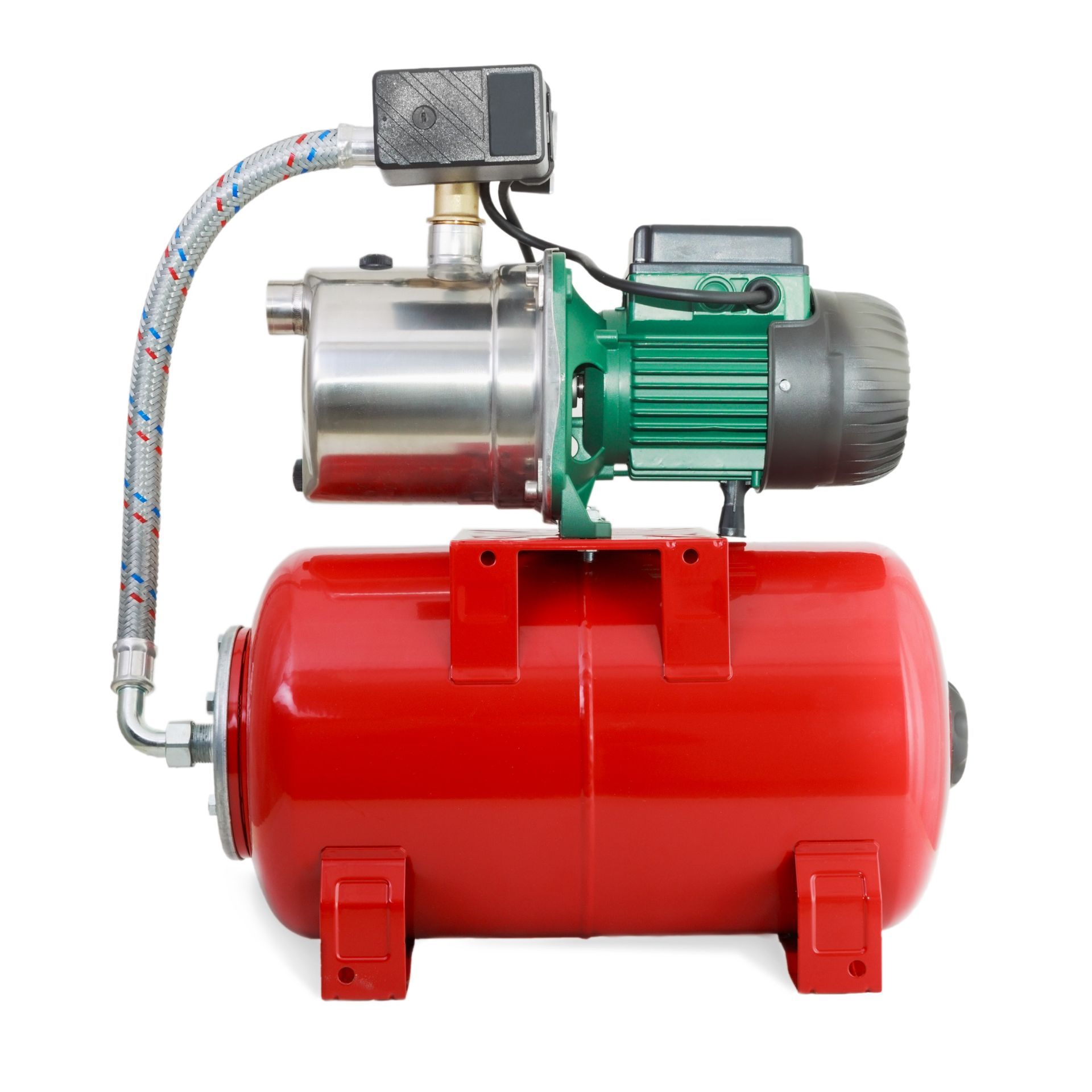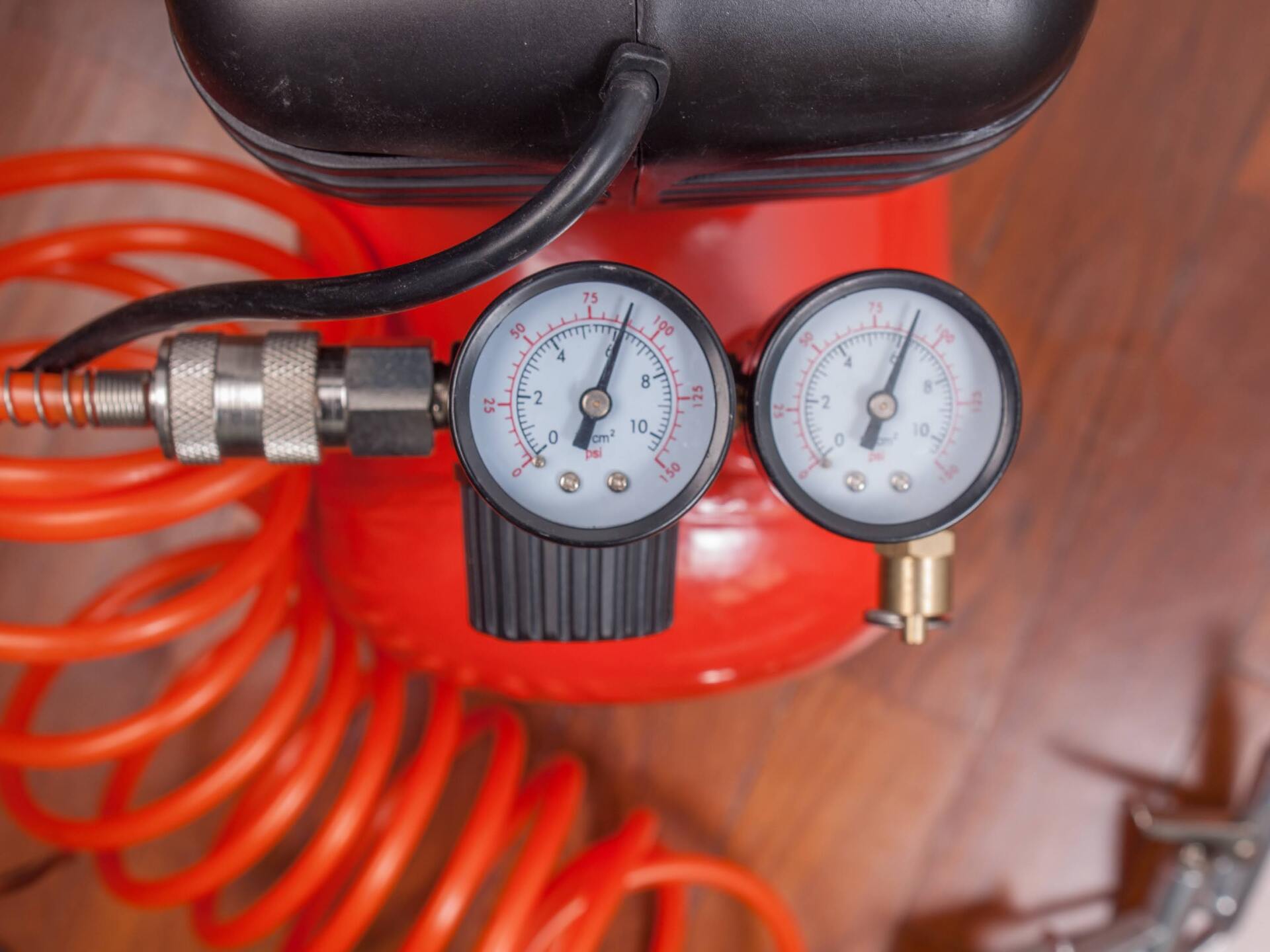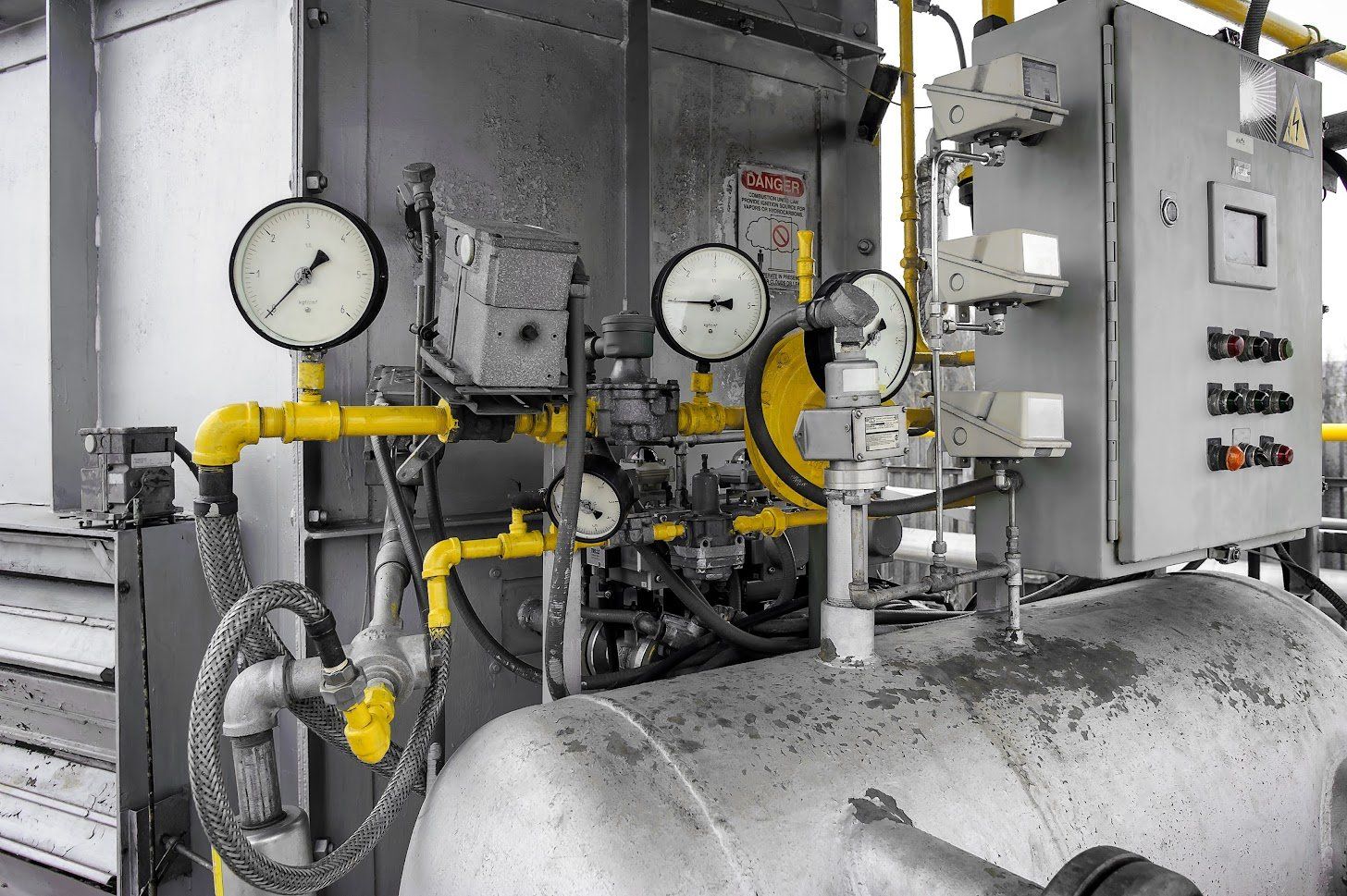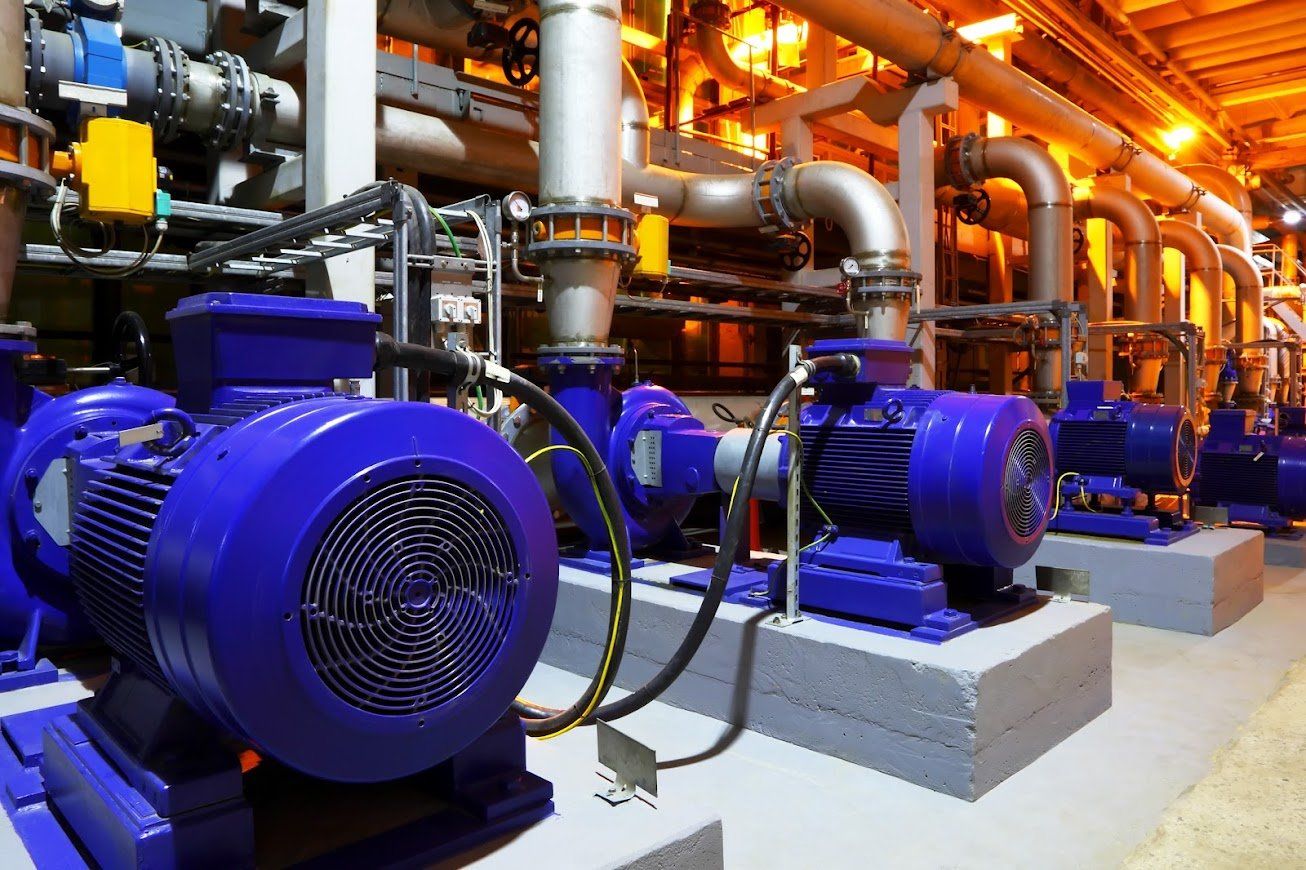Common Types of Vacuum Pumps
Common Types of Vacuum Pumps
- By Compressed Air Systems
- •
- 10 May, 2023
- •
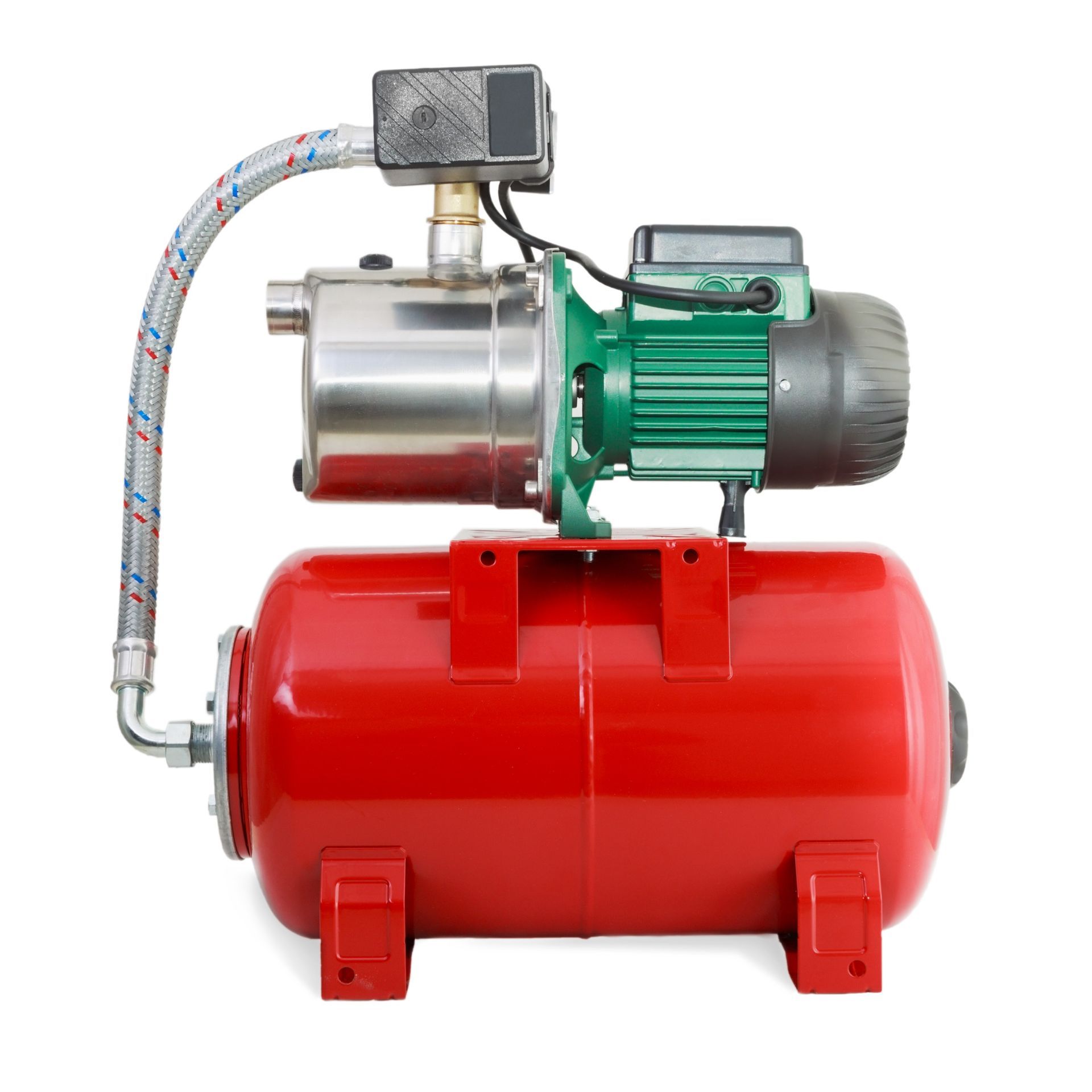
A vacuum pump removes gas or air from a tank to leave empty space. The process occurs gradually and decreases pressure in a confined space. Here are some of the main types of vacuum pumps.
Rotary Vane Vacuum Pump
A rotary vane vacuum pump is a specific type of pump technology that compresses air within a chamber. The compression creates suction pressure inside the pump chamber that can then extract air molecules from a specific space. The pump includes a rotor that is inside a cylindrical chamber. The rotor has blades that use centrifugal force and relies on oil for lubrication.
The main benefit of a rotary vane vacuum pump is that it uses lubrication to prevent wear and tear of the aluminum blades. The vacuum pump also has a reduced operating temperature since the oil will reduce friction inside the compression chamber. The oil also protects the various components from corrosion and can act as a cleaning tool. You can also expect the blades to have a long service life and the pump to have low vibration and noise levels.
Diaphragm Vacuum Pump
Diaphragm vacuum pumps use the oscillation displacement mechanism. The diaphragm's circumference is between a casing wall and a pump head. The diaphragm moves in an oscillating manner and works with a connecting rod. As the diaphragm moves, the compression or burning chamber will increase or decrease in volume.
The pumps are common in laboratories where minimum pressure can complete most tasks. For instance, you can see the pumps in medical or pharmaceutical processes, chemical laboratories, and other applications.
The pumps are available in multi-stage or single-stage models. Some manufacturers have also started to design pumps that have four stages.
Diaphragm vacuum pumps are becoming more important because of their environmental benefits. That is because the pumps don't generate any wastewater. As a result, the pumps are progressively replacing water jet vacuum pumps.
Liquid Ring Pumps
Liquid ring vacuum pumps use suction force to move a volume in and out of an object. For the pump to work properly, it must have a sealant such as water or oil.
Liquid ring pumps contain an impeller that is eccentrically situated inside the pump's housing body. Before you start the pump, you must fill in enough sealant to occupy a significant portion of the cylinder's volume. You can recirculate the sealant using a closed-loop system or discharge it after use in your pump.
The pumps have many applications in several industries. The primary benefit of liquid ring vacuum pumps is that they can handle much more vapor than other types of pumps. Some liquid ring pumps can even handle different types of fluids without reducing the performance of the pump. In addition, liquid ring pumps are economical and easier to maintain.
Scroll Pumps
Scroll pumps are made up of two spiral-shaped scrolls. The scrolls are located inside a vacuum chamber that has an exit valve. One of the spirals is stationary, while the other is always in motion. The gas will travel from one end of the spiral and get trapped inside the other spiral.
The performance of the scroll vacuum pump depends on the ambient temperature, speed of operation, and unit size. The pumps have many applications, especially in machines that compress gasses and clean vapors. You can also find scroll vacuum pumps in service analysis and sample preparation industries. The main advantage of scroll pumps is that they don't use oil as most other vacuum pumps do.
Do you plan on buying a vacuum pump? Compressed Air Systems can advise you on the best types of vacuum pumps to purchase. Contact us today for more information.
- Mon - Fri
- -
- Sat - Sun
- Appointment Only






Serving Whatcom, Skagit, Snohomish King, and Pierce Counties.


